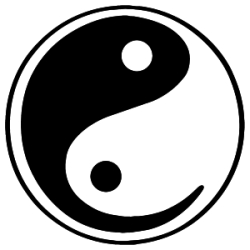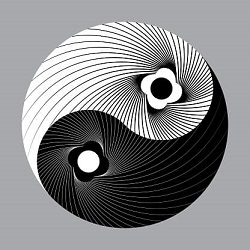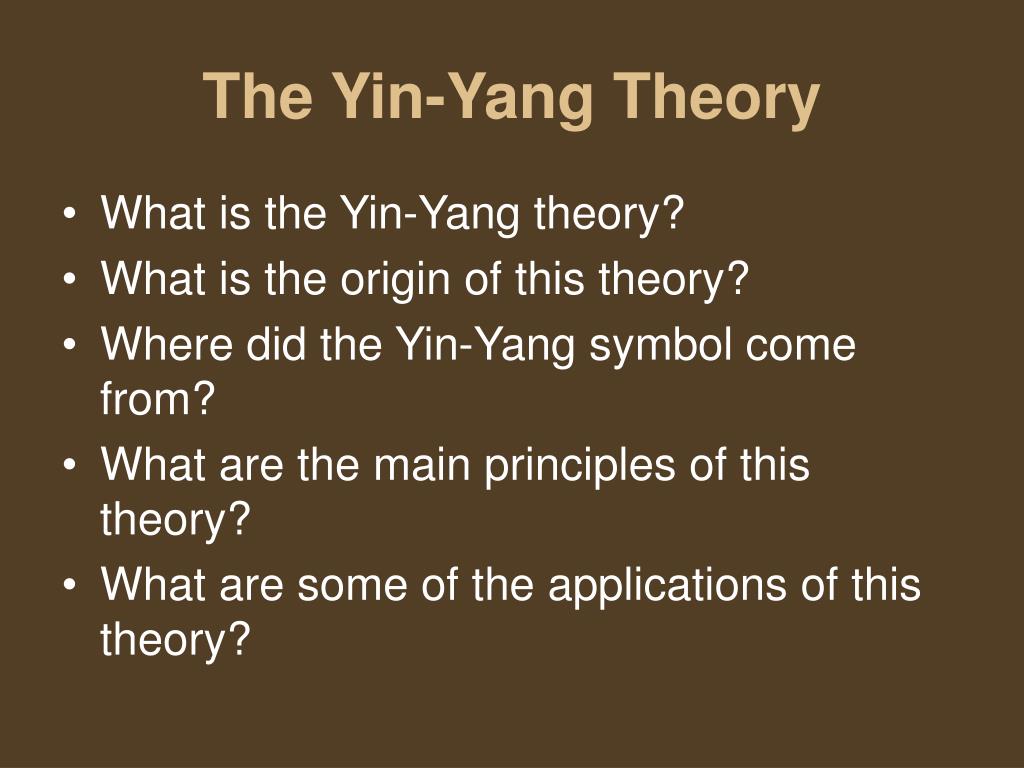

The old name I-Ching is now also spelled Yijing. The I-Ching – or Book of Changes – is a very old wisdom book from China. It is the secret symbol of Buddhism and various different schools of traditional, aesthetic teaching. That is the communion between Yang and Yin. Two logos bars arranged in a cross shape, Yang over Yin, form a cross that is neither Yang nor Yin on either side. Polarization and antagonism between Yang and Yin (where the basis for rotation and vibration of all systems comes from) are excellently conveyed by this square rod. Whenever yang manifests, Yin is constantly waiting below for its turn. Yang and Yin are only “two” sides of the “one” staff (Taikyoku).


Turned upside down, the stick shows the side whose hollowed center symbolizes Yin, separated, extended, loosened, hollow. One side of the stick is perfectly flat, this is the symbol for Yang, compact, solid, contracted. The chief philosopher symbolized Yin and Yang with three square bars of the same size in the center of each he carved a notch as wide as the thickness of the staff and as deep as 1/3 of that. The well-known origin of the doctrine of Yin and Yang goes back to the Emperor Fu Hi, who lived in China about 5,000 years ago. 17.1 Sources and books: The origin of the teachings of Yin and Yang in Chinese philosophy


 0 kommentar(er)
0 kommentar(er)
